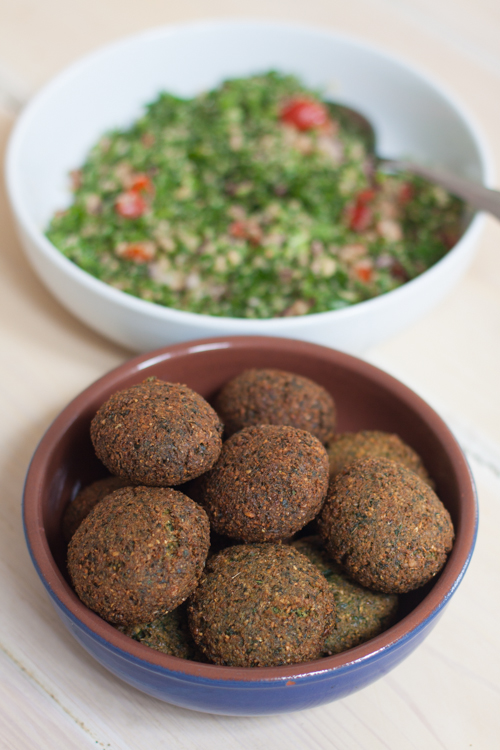Middle Eastern mezze no.5: Tzatziki
 Monday, April 18, 2011 at 10:18PM
Monday, April 18, 2011 at 10:18PM Yes, I know, tzatziki is Greek, and Greece is not technically Middle Eastern, but the Turkish word cacik (apart from looking like it reads ‘cat sick’) would be likely to return blank stares from most of my English speaking readership.
Tzatziki and cacik share the same core ingredients – yoghurt, cucumber, garlic, olive oil and salt. However, strictly speaking, they are not quite the same. Tzatziki is always of a thick consistency, while cacik is sometimes diluted with water and served as a soup. Tzatziki is usually flavoured with lemon juice, while cacik would use lime. Both can be flavoured with dill or mint, but only tzatziki occasionally contains parsley, while sumac or ground paprika are sometimes used to season cacik.
Here I give a recipe for a basic tzatziki. I tend to go with the less is more approach because I usually serve it with a selection of mezze dishes – tabbouli, hummous, spicy lamb mince, falafel – where the other herbs and spices make separate appearances. Nonetheless, I encourage you to play around with some of the above ingredients to make it your own, particularly if you are serving it as a standalone dip.
 Vix |
Vix |  Post a Comment |
Post a Comment | 

